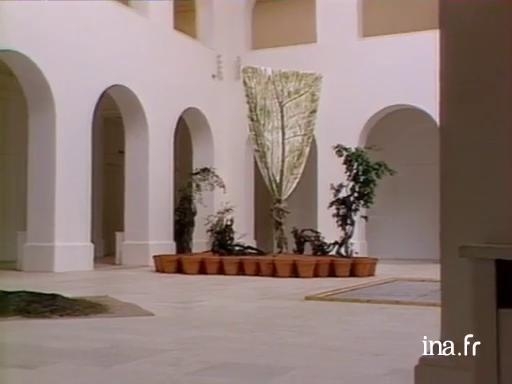Giuseppe Penone

Information
Exhibit of Italian sculptor Giuseppe Penone at the Beaux-Art Museum in Nantes. The artist talks about nature, vegetable forms and his art.
Context
If he is classed amongst the major artists of Arte Povera, Giuseppe Penone is not without links to land art in his use of organic materials, as in his way of sublimating nature. Son of beekeepers, born Liguria in 1947, Penone kept from his origins a pagan love for earth, water and forest.
His work, with prehistoric and mythological influences, ties nature, culture and the human body while underlining the influence of time on the subject.Soffio 6, sculpture in terracotta that he made in 1978 from the mould of his body, irreparably evokes Prometheus modelling man out of clay. His relation with body work can nevertheless be distinguished from body art. If Penone uses his body, it is completely secondary to the work, which praises the natural cycle over anything else. What's more, he can be distinguished from monumental body art and artists such as Robert Smithson, Richard Long and Walter de Maria, by the human scale and intimate dimensions of his pieces.




